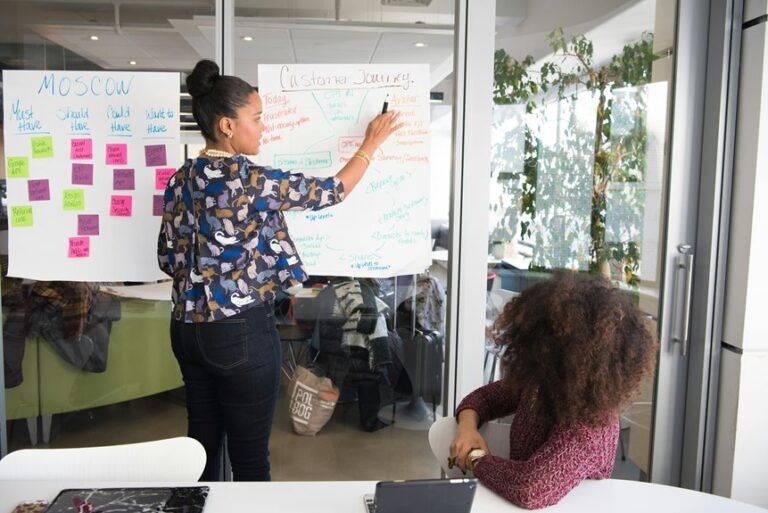Leading Through Change 3313979512
Leading through change requires a nuanced understanding of organizational dynamics. Effective leaders must prioritize communication and trust to navigate transitions successfully. By adapting their leadership styles to meet team needs, they can foster engagement and resilience. However, the challenge lies in creating an environment where employees feel empowered to embrace change. As organizations face increasing complexities, the strategies employed during these times can significantly impact their future trajectory and success. What approaches are most effective in this context?
Understanding the Dynamics of Change
How does one effectively navigate the complexities of change within an organization? Understanding change psychology is crucial, as it reveals how individuals react to shifts within their environment.
A strong organizational culture can either facilitate or hinder this process. By fostering empathy and open communication, leaders can create an atmosphere that embraces change, ultimately empowering employees to adapt and thrive in evolving circumstances.
Strategies for Effective Leadership During Transitions
As organizations undergo transitions, effective leadership becomes paramount to navigate the inherent uncertainties and challenges that arise.
Leaders should employ diverse leadership styles tailored to their teams’ needs, fostering an environment of trust.
Prioritizing clear change communication ensures that all members understand the vision, reducing resistance and enhancing engagement.
Building a Resilient Workforce
Organizations frequently face the challenge of building a resilient workforce, especially during periods of change.
Strategic focus on employee well-being is essential, as it fosters adaptability and engagement. Effective change communication enhances transparency and trust, enabling employees to navigate transitions with confidence.
Inspiring Team Engagement and Adaptability
While fostering team engagement and adaptability may initially seem daunting, it is crucial for organizations to recognize that a motivated team is better equipped to navigate change effectively.
Effective change communication enhances team motivation, encouraging individuals to embrace transformation. Leaders should cultivate an environment that values open dialogue and collaboration, empowering team members to express their ideas, ultimately fostering resilience and adaptability during transitions.
Conclusion
In a world where change is the only constant, leaders might as well don capes and declare themselves superheroes. After all, who needs clear communication and trust when you can just wave a magic wand and hope for compliance? Yet, as organizations flounder in chaos, the true heroes emerge—not those in capes, but those who understand that adaptability and empathy are the real superpowers. Embracing these qualities transforms resistance into resilience, proving that leadership is more art than illusion.






